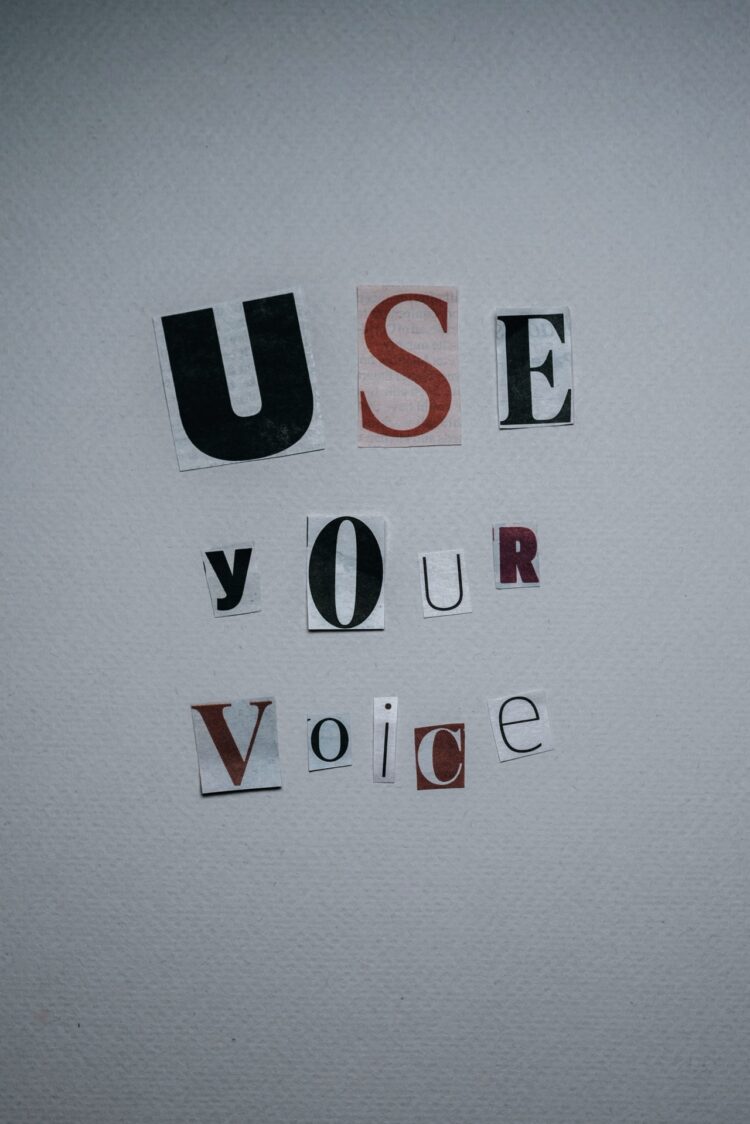
You stand in front of an audience, and suddenly your knees tremble, your voice trembles, and sounds seem louder than usual. Immediately the audience thinks: “But he’s nervous.” Emotions such as aggression also have a negative effect on the voice: you sound higher. Due to the stressful situation, the muscles, including the ligaments and muscles in the larynx, are tense. That quickly sounds uncomfortable to the audience.
But it doesn’t have to happen that way. These tips will help you master your lecture.
Take enough air
Most of the time, before we start to speak, we take a quick breath in and hope that there is enough air. However, this usually only happens as shallow breathing in the chest area. The result: we run out of breath quickly.
During the presentation, pause or ask the audience a question if this happens to you. In this way, you gain time and can control your voice again. Then consciously breathe in deeply through your nose and silently exhale through your open mouth.
Breathe consciously
The deeper a person’s voice, the more sympathetic the person appears. However, if the voice begins to “wobble,” it has something to do with breathing. We breathe in, but then we forget to breathe out. So we run out of breath in the truest sense of the word. Our tip is to breathe in consciously through your nose and breathe out again through your open mouth. Allow sounds like ffff. The used air is then out of the body, and fresh air can again optimally supply all cells. You will notice that you are more alert, fresher and calmer.
If you notice before the presentation that the stress intensifies, counter it with a low tone. There is an effective exercise for this: make chewing movements with loose lips and hum like a bear. The larynx is relaxed after a few seconds. Then speak the first sentence of the presentation.
Refrain from clearing
Clearing your throat is the death of your voice. This puts enormous strain on the vocal cords. Also, the clearing of the throat does not go away directly. Before your presentation, drink plenty of warm water or herbal tea. Stress hormones cause all the fluids to shoot out of the brain. Coffee and sweet soft drinks also support this. To be able to think, however, we need fluids. The warm water offers the best liquid base. It is better to avoid carbon dioxide in order to prevent unpleasant burping.
If the familiar feeling of clearing your throat arises in the middle of the lecture and there is no water available, then make swallowing movements a few times. This relaxes the larynx.
Adjust slides to the speaking speed
If the speaking speed and the individual slides are coordinated during a presentation, this gives the speaker more security. Use the rule of thumb: one chart for every two minutes of talk time.
Whoever speaks too quickly loses the audience. People can no longer follow the speaker. Too slow speaker with a monotonous pitch is drowsy. Record your lecture and analyze whether you can and would like to follow yourself to the end. Get feedback.
A good speech and a varied speaking tempo make a lecture lively.

Allow breaks
Breaks have the advantage that the audience can think about what they have heard and memorize it. However, pauses also create tension and draw the audience’s attention to the speaker.
Many people are afraid to take a break in the lecture and are surprised that there will only be a few listeners involved at some point. Afterward comes the enlightenment: “I completely forgot about the breaks.”
Make sure you know beforehand when you want to take a break. Count from 21 to 25. Rehearse in front of the camera.
Talk to the audience
Many speakers turn their backs on the audience and speak to the slides. A beautiful back can certainly delight, but not during a lecture.
Often whole charts are read out by the speaker. That is drowsy and boring. First, speak, and then click on the slide. Make sure that a picture is worth a thousand words. Choosing meaningful photos and limiting the text to a few keywords is better.